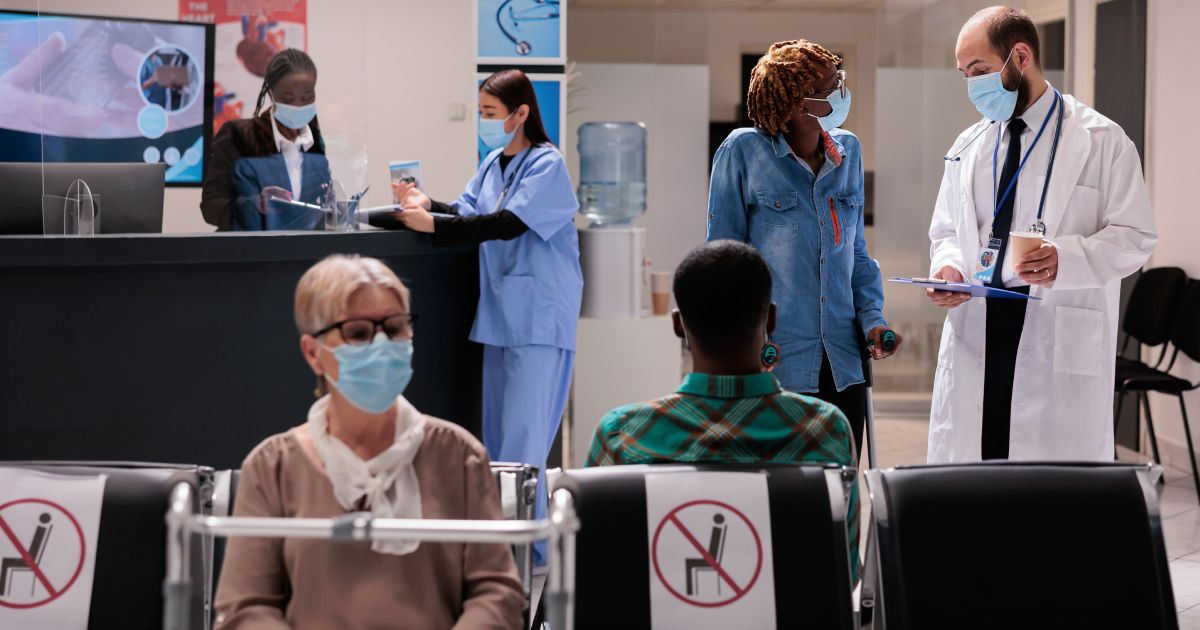For those of us who devote our lives to improving behavioral health care, the critical health care priorities of the COVID-19 pandemic raise concerns about increased unmet mental health and substance use service needs. COVID-19’s effect on behavioral health services appears in emergency departments, where overwhelmed staff have limited time to treat mental health and substance use crises. It appears in residential treatment settings when a client develops a fever and is isolated or discharged early to contain viral spread. It appears in the tension of daily trips to opioid treatment programs to take necessary medication instead of maintaining social distance.
These challenges reveal needs for further reimagining a behavioral health system that is not prepared to carry out its normal activities amid stay-at-home orders and physical distancing—even in the face of increased demand for services.
During the COVID-19 crisis, behavioral health needs have not diminished. Existing clients continue to need services and access to medication, and families continue to lose loved ones to overdose or suicide. With the added stress of the pandemic, in many places, calls to behavioral health hotlines are up. In March, for example, calls to the Disaster Distress Helpline, managed by the Substance Abuse and Mental Health Services Administration, were more than eight times higher. Local officials in Philadelphia and Los Angeles report that people are feeling stress and anxiety about potentially being laid off, becoming socially isolated, and becoming infected with the novel 2019 coronavirus—or infecting family members. In a recent article in the Journal of the American Medical Association, mental health experts warn that if the nation doesn’t take proactive steps now, the very same measures being taken to protect people’s health—which promote isolation and disconnection— might increase the risk of suicide. Behavioral health advocacy groups emphasize that although the crisis demands physical distancing, social distancing is not required when connection is always available electronically by phone, video, and social media.
Individuals needing mental health and substance use services rely on timely access to medication, connection to therapists and groups, and peer support. The national emergency is spurring changes that could make positive impacts even after shelter-in-place orders have lifted. For example, emergency policy changes are accelerating access to telehealth and facilitating additional options to strictly controlled access to medication-assisted treatment for opioid use disorders. As the COVID-19 pandemic shines a spotlight on behavioral health needs, it also presents opportunities for rapid innovations with potential staying power. Here are three takeaways where innovation might spur change.
Providers who learn to deliver behavioral health care with telehealth under emergency policy changes might want to continue those services—and their clients might want to continue them, too. The need to practice physical distancing to slow the spread of COVID-19 presents some challenges to the behavioral health profession, but they are surmountable. Psychiatrists, psychologists, social workers, and addiction counselors accustomed to providing services and supports that rely on in-person contact must reduce the risks of viral transmission that contact brings. Providers are getting the chance to practice with technology and innovate in their delivery of individual and group therapies and medication monitoring. As providers become comfortable with new tools and strategies, policy and infrastructure might be necessary to enable their continued use, with the potential advantage of providers reaching more people and maintaining better regular contact.
Mobilizing the behavioral health workforce to provide emergency services at a distance provides lessons for distributing the workforce to shortage areas at other times. The behavioral health field has faced a shortage of qualified and affordable services for decades, and COVID-19 adds to these shortages. It’s encouraging that some creative solutions are already emerging in places like New York and Baltimore, where behavioral health providers are volunteering to meet increased demand via telephone and video chat counseling. Strategies learned from linking these volunteers to clients will provide important lessons that can be applied to workforce shortages in rural and other underserved communities.
Implementing emergency policies to provide medication-assisted treatment of opioid use disorders provides new information that can inform policy and practice change. Social distancing and quarantine for exposure or illness because of COVID-19 highlights long-standing barriers to treatment and outdated policies and procedures that support them. For individuals on medications for opioid use disorders, interruption of daily doses of methadone or buprenorphine will send them into precipitous, painful withdrawal, with risks to their health and employment. Temporary solutions, such as prescribing buprenorphine via telehealth and allowing patients to take doses of methadone at home and unobserved for longer stretches of time, might provide insights into new ways to expand access.
Over the past several years, in response to the opioid epidemic, federal, state, and local efforts and investment have gained ground in stemming the tide of the epidemic and building a stronger behavioral health system. Significant federal efforts continue to provide opportunities to implement new strategies and systems that address prevention, treatment, and recovery needs for substance use disorders, serious mental illness, and serious emotional disturbance. Progress is slow and remains fragile, and it is facing interruptions as staff and resources are redirected to the pandemic response. As we take the necessary steps to prevent infections and deaths from COVID-19, it’s imperative that mental health and substance use disorders aren’t exacerbated as an unintended consequence. And it’s imperative that the behavioral health system improvements continue to advance. With forethought, creativity, and a sense of urgency, we can use this moment not only to respond to the current crisis, but perhaps to make improvements that will better serve people’s behavioral health and well-being long into the future.



